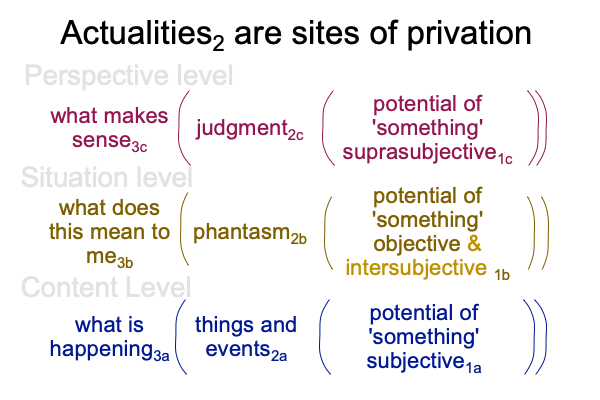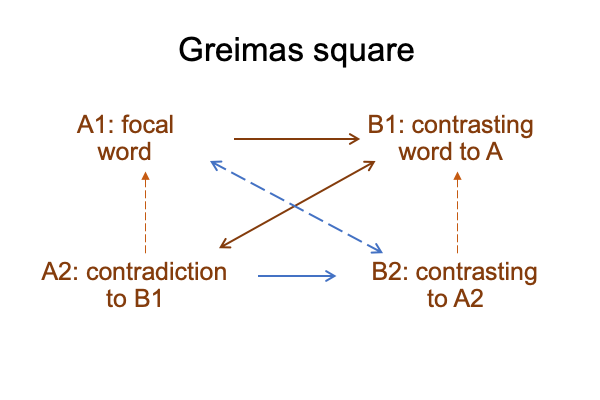Looking at Kirk Kanzelberger’s Essay (2020) “Reality and the Meaning of Evil” (Part 18 of 18)
0069 Kirk Kanzelberger joins Thomas Aquinas with a basic acknowledgment: Evil is a privation of a good.
He then considers natural and moral evil.
In moral evil, he locates a semiotic disorder, in addition to a privation.
He considers the nature of the sign, as formulated by Charles Peirce.
0070 He publishes his argument in a journal worthy of the reader’s support.
Reality: A Journal for Philosophical Discourse
0071 My comments are not so different. They thread through both Peirce and Poinsot. They pass through the two loops brought to light by John Deely.
Yet, the are different, in that they offer diagrams based on Peirce’s categories.
0072 Typically, Razie Mah’s comments are published in the smashwords website and carried by a variety of e-book vendors.
Start with A Primer on the Category-Based Nested Form.
Add A Primer on Sensible and Social Construction.
That is all that is needed to introduce oneself to the interscope of social construction.

0073 The three-level interscope appears in the chapter on meaning in the masterwork, How To Define the Word “Religion”.
The three-level interscope plays a role in A Primer on the Individual In Community.
The three-level interscope serves as a model of langue, in Comments on Robert Berwick and Noam Chomsky’s Book (2016) Why Only Us: Language and Evolution.
0074 All these works are available at the smashwords website.
So concludes this look at Kanzelberger’s foray into both Aquinas and Peirce, concerning reality and the nature of privation.
Look to Reality.
God bless.




